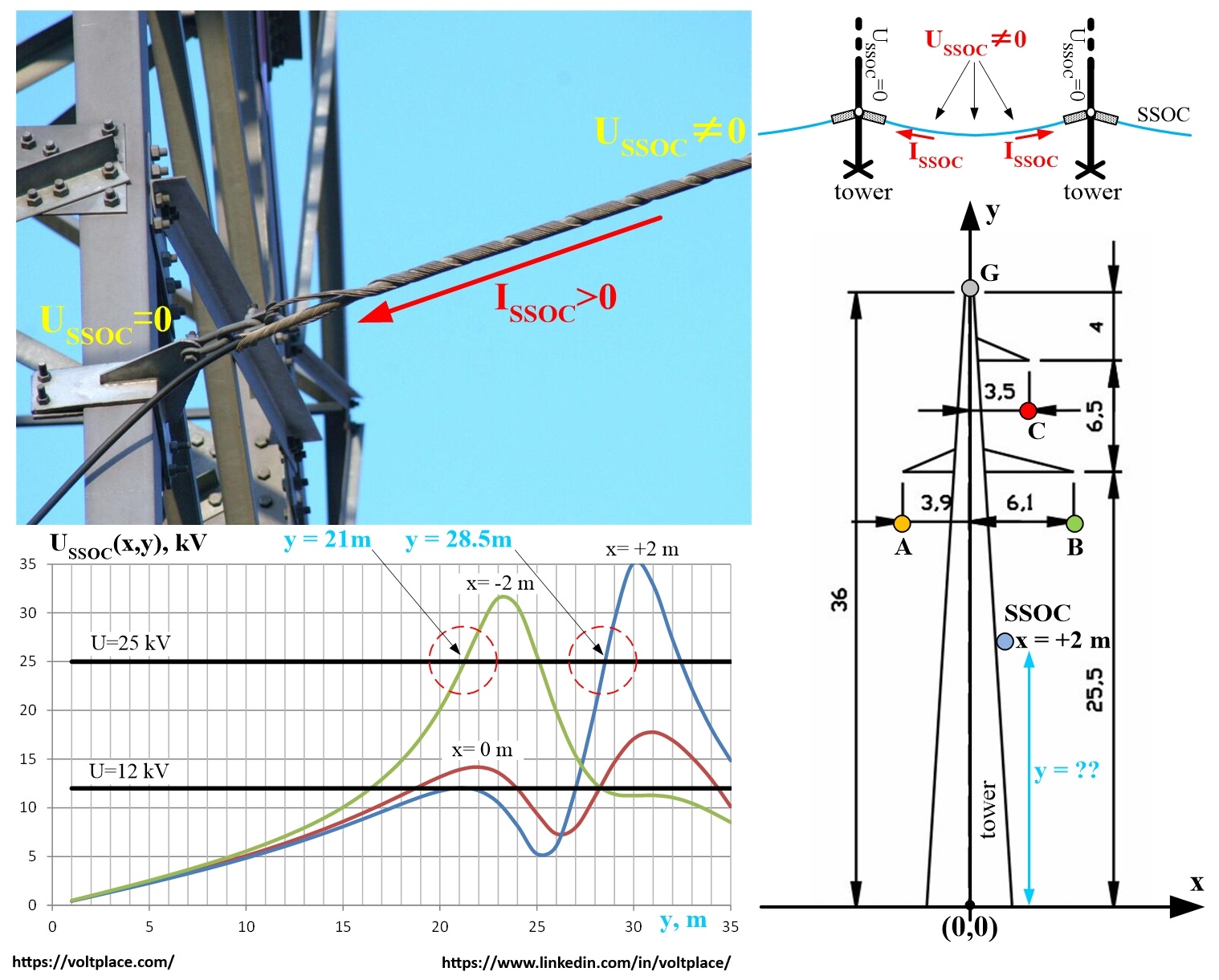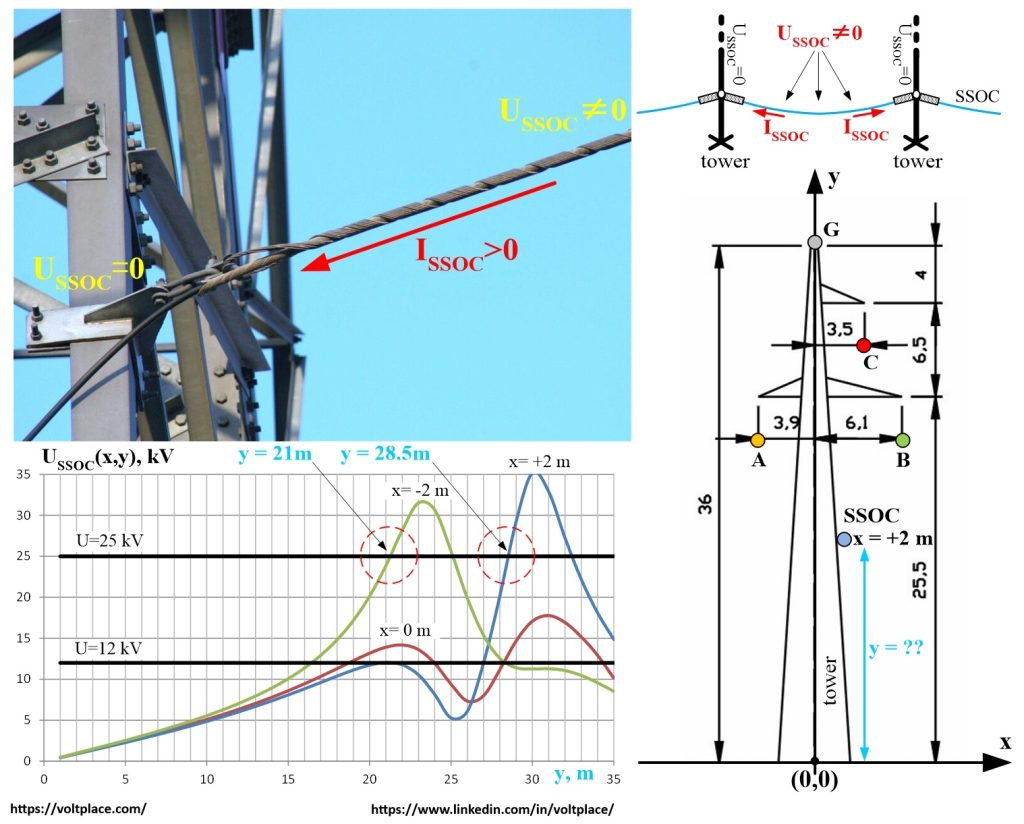
Call me via fiber-optic (if it still works)
For relay protection and grid automatization, adjacent switchgears must exchange the necessary information with each other. Previously, communication was organized primarily through phase wires of an overhead line due to the high-frequency signals superimposed on currents and voltages of industrial frequency 50 Hz. In recent years, the situation has changed, and fiber-optic connections have become common, especially for new lines.
For communication along overhead lines, we use:
1️⃣ self-supporting fiber-optic cable (SSOC) under the wires (see photo);
2️⃣ optical fiber integrated in the ground/shield wire (G);
3️⃣ optical fiber integrated in the phase wire (A,B,C);
4️⃣ fiber-optic cable wound externally on the phase wire.
For communication along cable lines, we use:
1️⃣ optical fiber integrated into the cable metallic screen (Cu or Al);
2️⃣ fiber-optic cable laid in parallel to the cables.

It may seem that the communication is some kind of special task that is not particularly relevant to the design/selection/operation of high-voltage power equipment. However, this is not true. For example, in power cable industry optical fiber is used not only for communication between switchgears, but also to control these power cables themselves. I mean:
1️⃣ cable temperature monitoring;
2️⃣ help in a process of finding place of XLPE-insulation short-circuit;
3️⃣ monitoring the soil vibration, necessary to warn about the excavation work being carried out nearby the cable by third-party organizations.
I am going to discuss cables later in our LinkedIn «High voltage cable lines» group (https://lnkd.in/dmE_EsFu). Here I just want to focus on overheads.
For overheads I have at least two examples, where, before using optical communication, we must perform special calculations of 50 Hz voltages and currents:
1️⃣ checking the potential at the place (x,y) of suspension of the SSOC to the tower (usually this potential should be less than 25(12)kV, otherwise the outer polymeric sheath of SSOC will be damaged by longitudinal 50 Hz currents);
2️⃣ checking the short-circuit current in shield/ground wire and its thermal stability (temperature of the shield/ground wire should not exceed the permissible limit, otherwise the fiber inside the wire becomes “muddy”).
An example of the SSOC calculations is shown in the photos. These and other calculations can be done using formulas or/and software like EMTP. It can be seen that for the specified 220 kV tower:
1️⃣ If SSOC hang under phases B and C (x=+2m), then the height of the suspension should be no more than y=28.5m.
2️⃣ If SSOC hang under phase A (x=-2m), then the height of the suspension should be no more than y=21m.
Please do not forget that the possibility of using optical communication along power lines must be proved by calculations of voltages, currents, temperatures, etc. Otherwise, there is a risk that the optical connection along the line will be lost.
